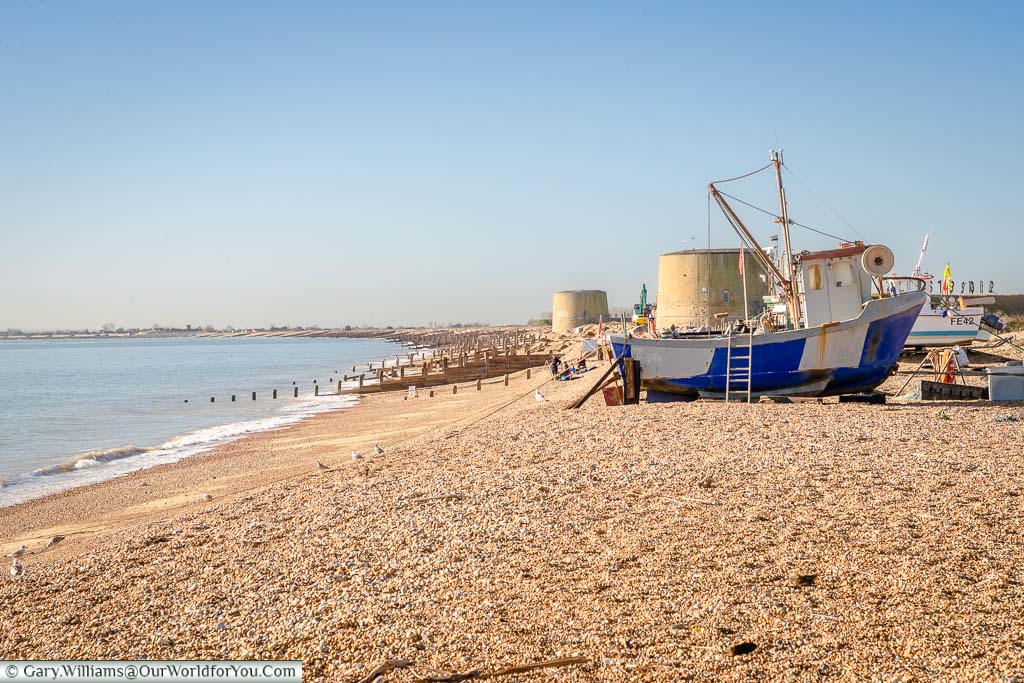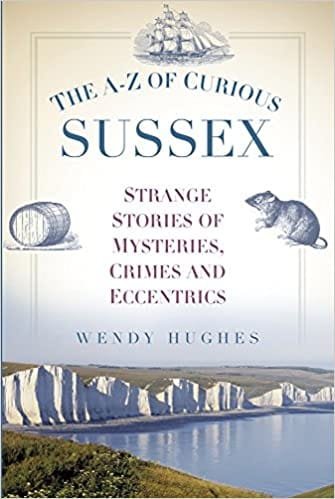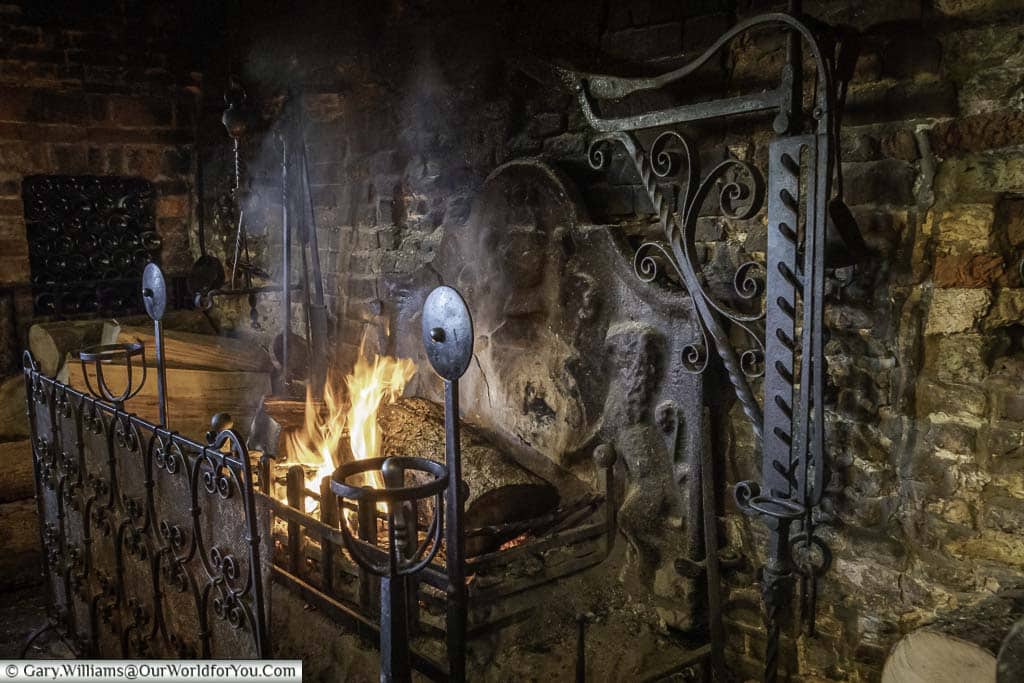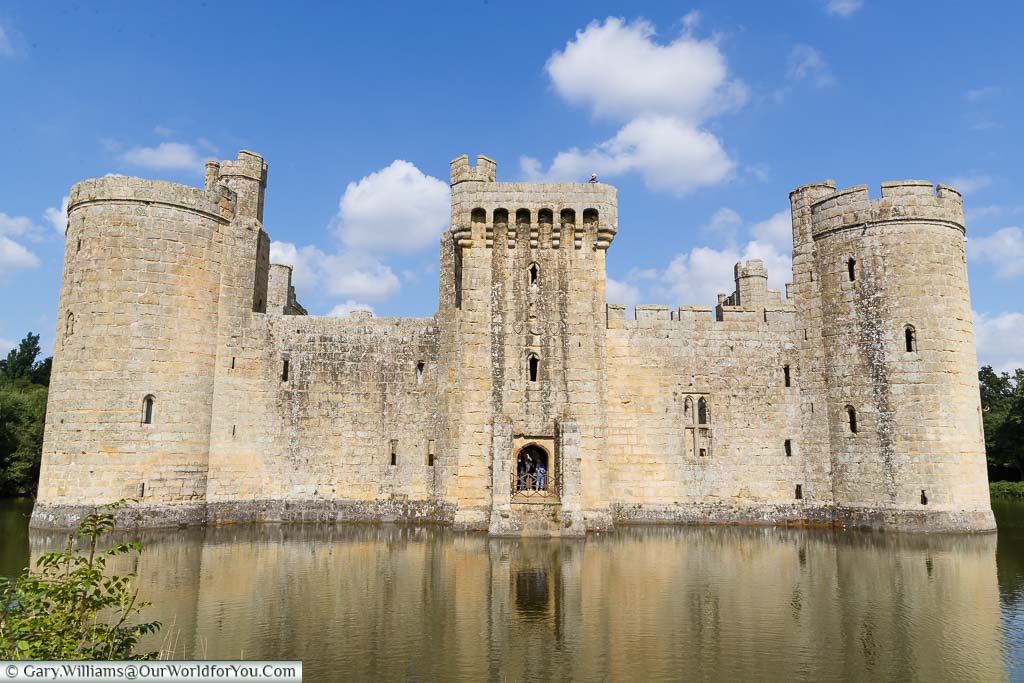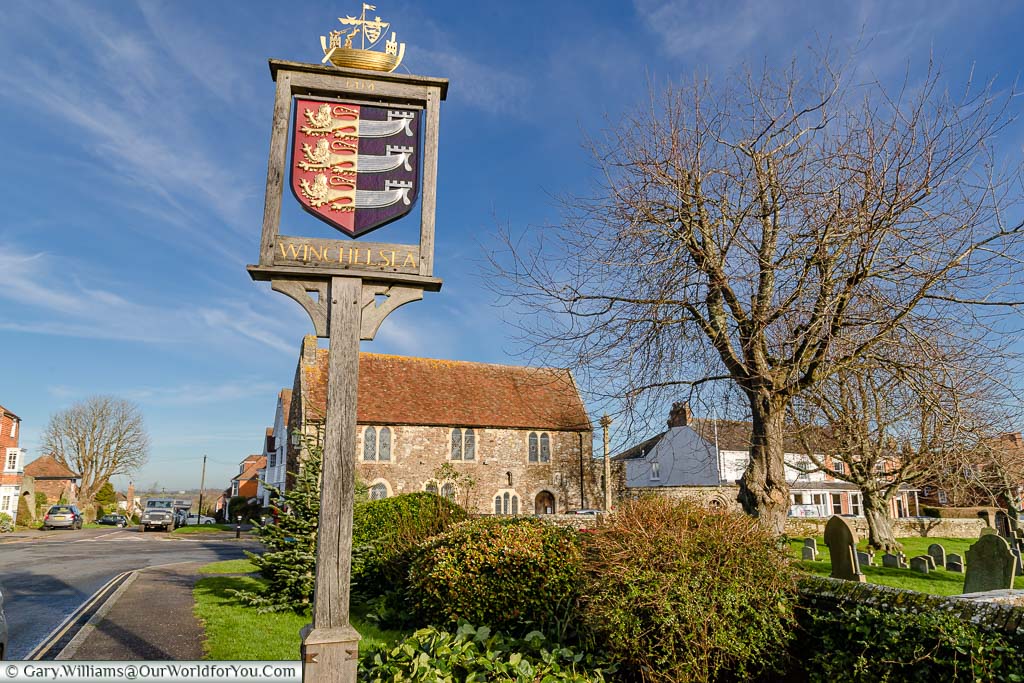A captivating medieval town full of beauty and history
Strolling around the tranquil ancient streets of Winchelsea is such a delight. You’d be forgiven for believing that this charming little town is a village as it is so petite and has such a solid tight-knit community feel.
However, Winchelsea in East Sussex has its own town mayor and was granted this status by Edward I around 1292. Therefore, the little town of Winchelsea counts itself as the smallest town in England and has a population of about 600 inhabitants.
Winchelsea sits high on Iham Hill and overlooks the magnificent countryside across the ruins of Camber Castle and its neighbouring picturesque, ancient town of Rye. Just a short hop away is the bustling seaside town of Hastings.
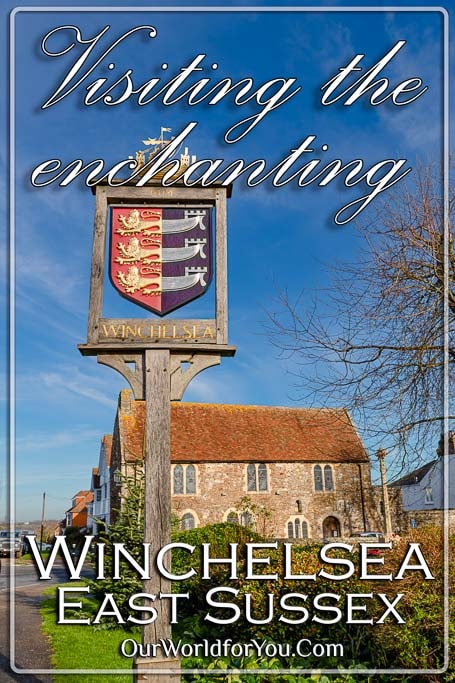
Where is Winchelsea?
How to get to Winchelsea
- By Train
Winchelsea railway station is located 0.75 miles (1.21km) north of Winchelsea, around a 15-minute walk. Also, the bus no. 100 from Hastings and Rye stops in the town.
- By Car
Winchelsea is located on the A259 between Hastings and Rye, and free on-street parking is available.
A brief history on Winchelsea
From a shingle island to an Ancient Cinque Port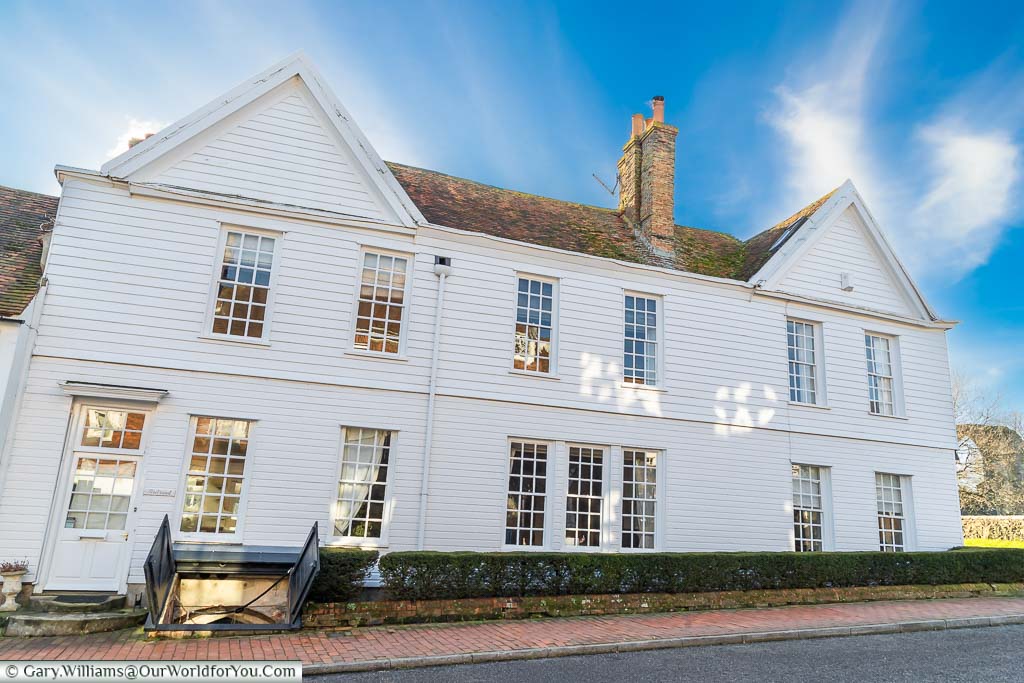
In 1288 a new site was allocated, and the inhabitants of Old Winchelsea moved to New Winchelsea atop Iham Hill in 1292. Winchelsea is quite unique in that it was created on a grid structure and the narrow roads and lanes criss-cross each other.
Many of the houses and ancient cottages in Winchelsea have wine cellars as the trade-in wine with France during the medieval period of the 1300s was quite prosperous. During this time, Winchelsea also had a flourishing fishing port.
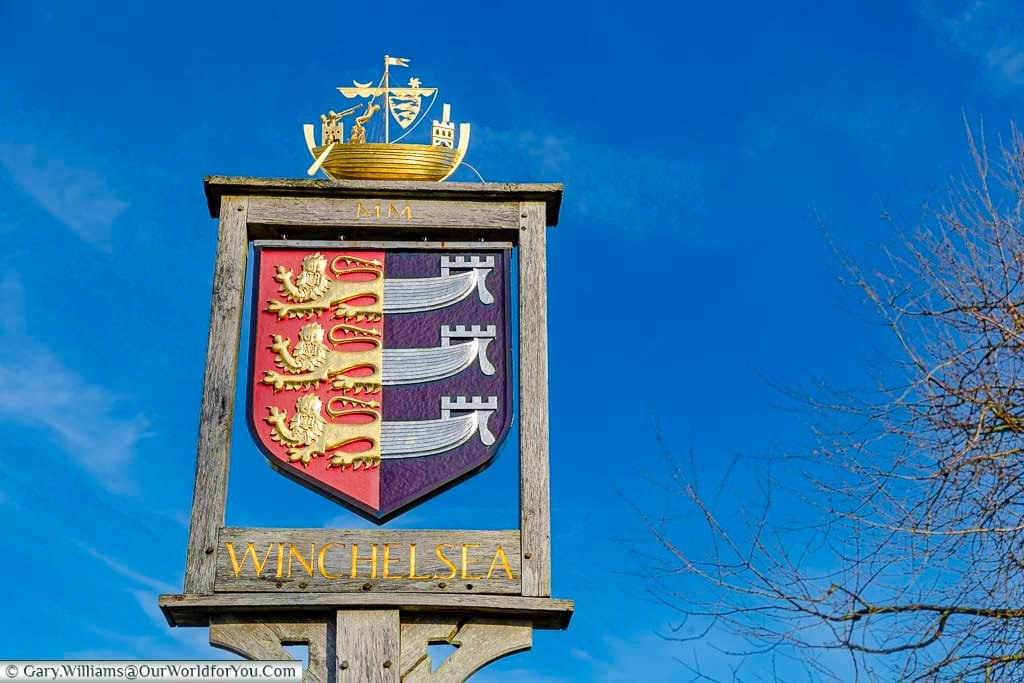
During the 12th-century, Winchelsea and Rye became a Cinque Port Ancient Town. Members of the Cinque Ports Confederation were responsible for providing ships and men to meet the naval requirements of the English Crown. The towns and ports were granted certain privileges and statuses in return for this.
There are five Head Ports, Dover, Hastings, Hythe, New Romney and Sandwich, two Ancient Towns Rye and Winchelsea and seven Limbs.
Visit Winchelsea’s ancient gates
Welcoming Kings and their countrymen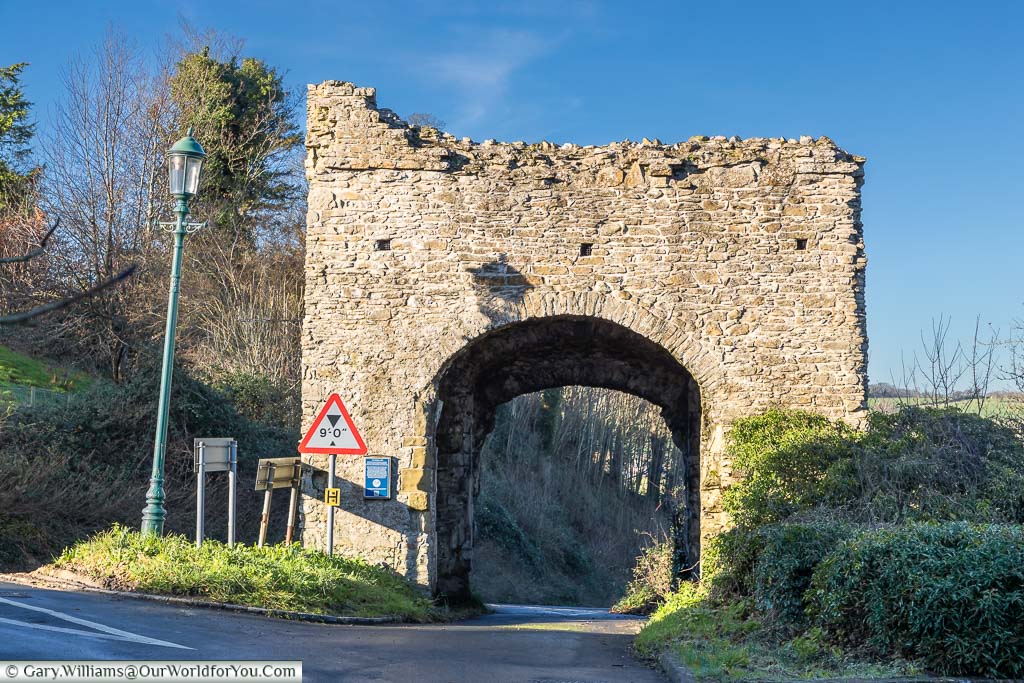
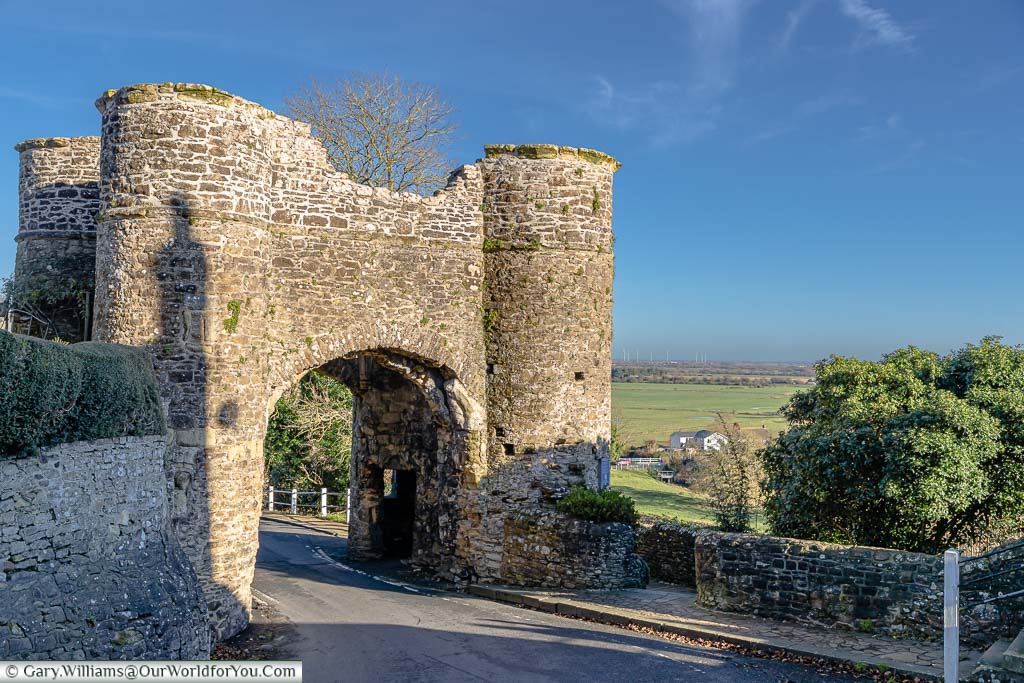
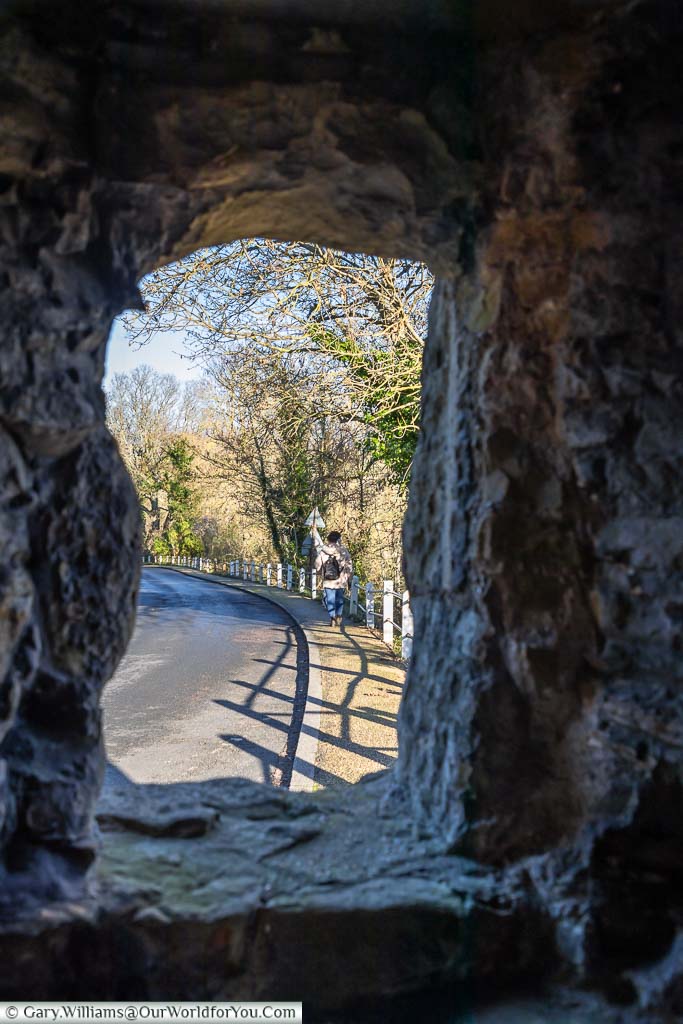
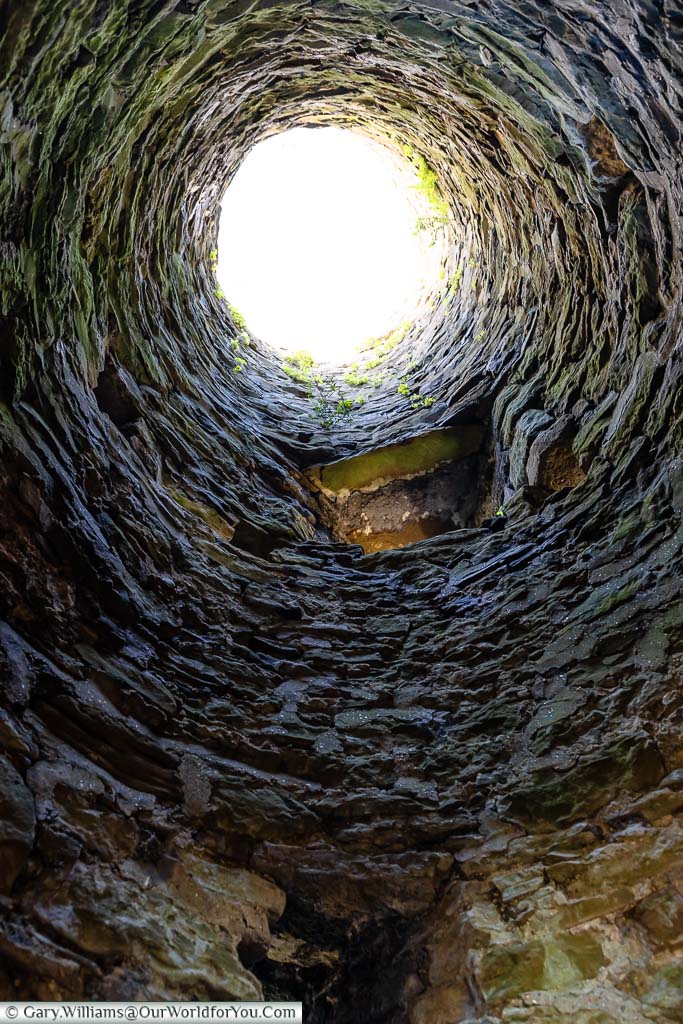
If you're intrigued by Sussex's fascinating past and weird and wonderful history around the county, then take a peek at "The A-Z of Curious Sussex".
You won't be able to put it down, you can pick it up for your Kindle or in good old paperback.
Discover Winchelsea’s hidden wine cellars
A taste of Bordeaux in East Sussex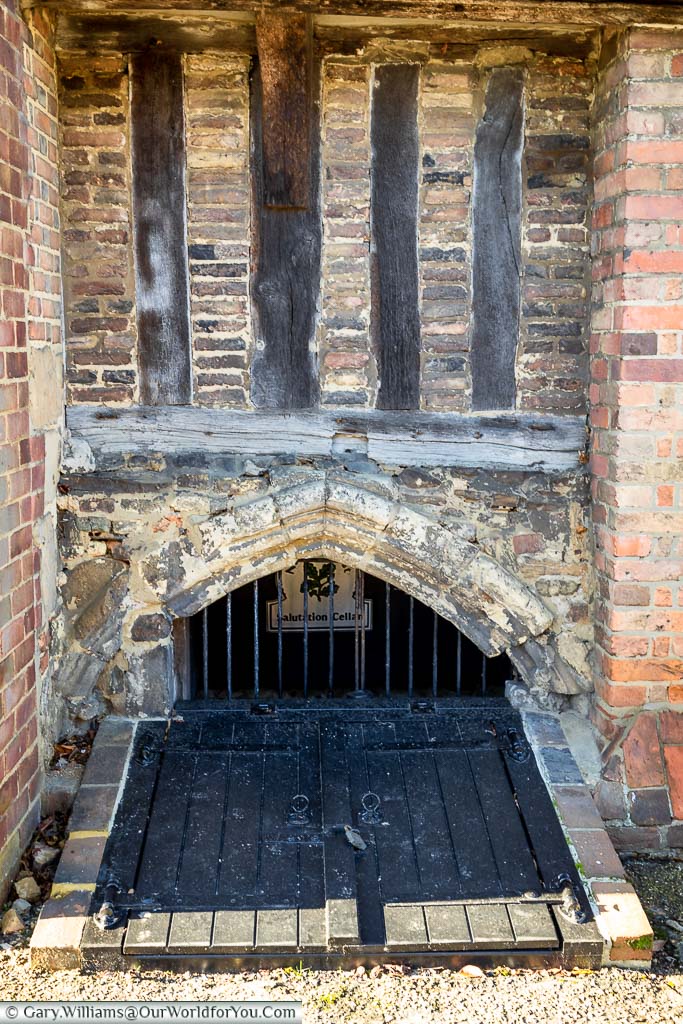
It is believed that the cellars were some of the first structures to be built in Winchelsea as the underground vaults pre-date the first houses constructed above them. The stone is thought to have been quarried and imported from Caen in Normandy.
Tours of these intriguing wine cellars are due to resume again this year.
Where to stay in Winchelsea
Exploring the quaint streets of Winchelsea
Amongst the picture-postcard cottages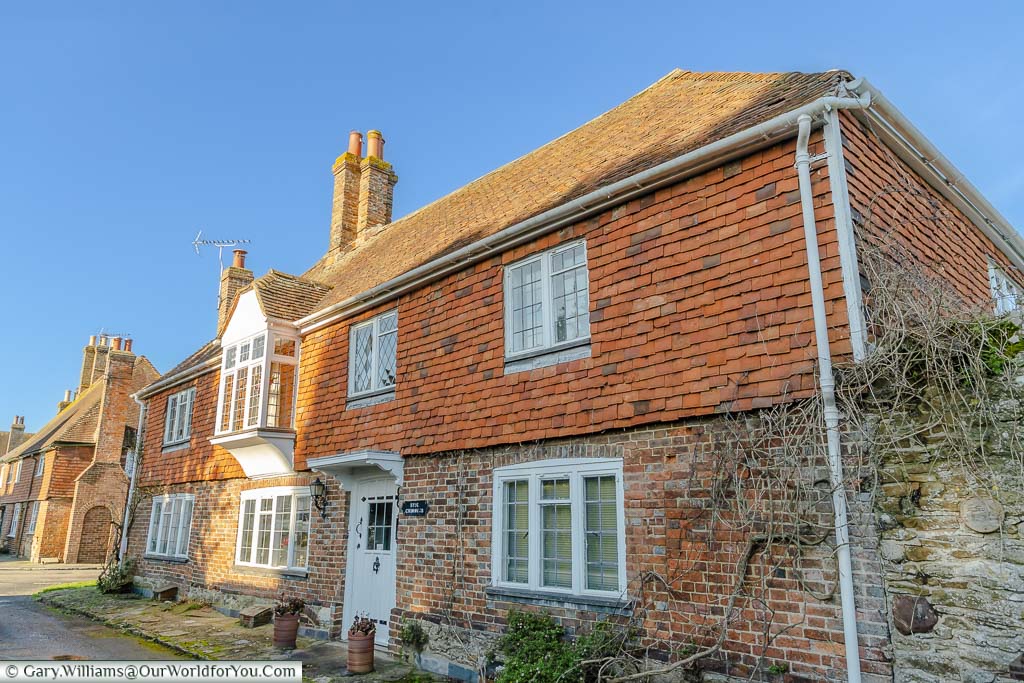
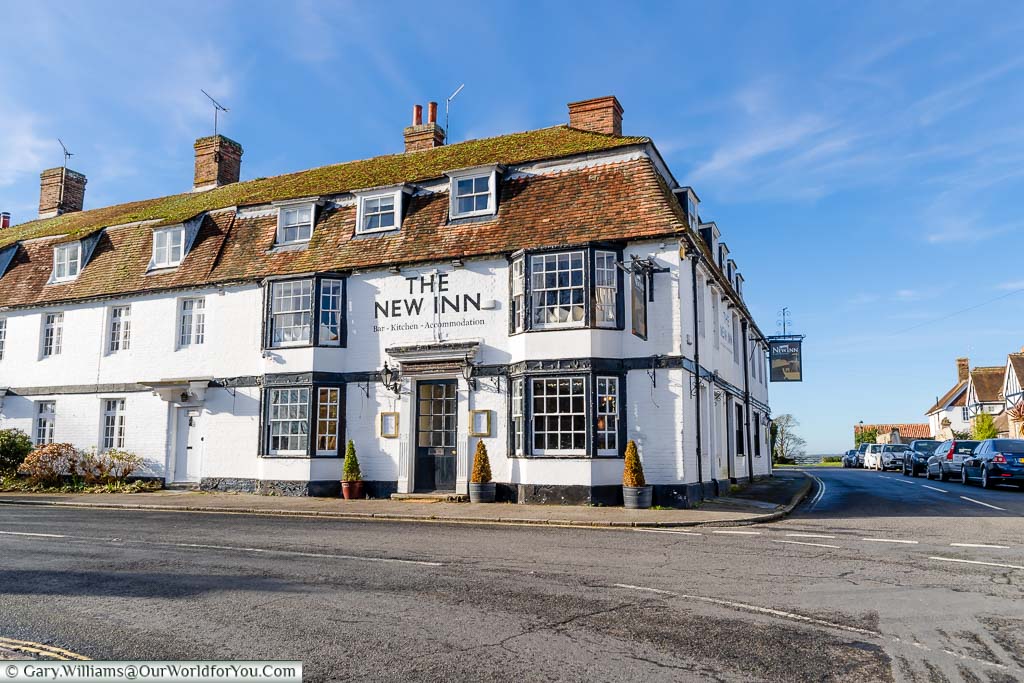
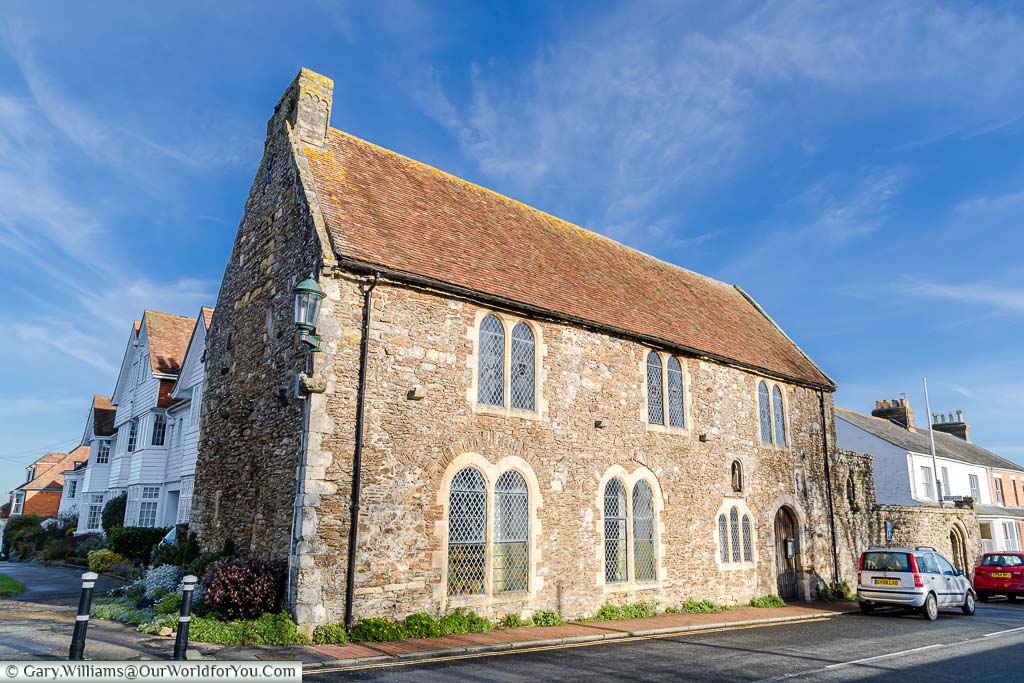
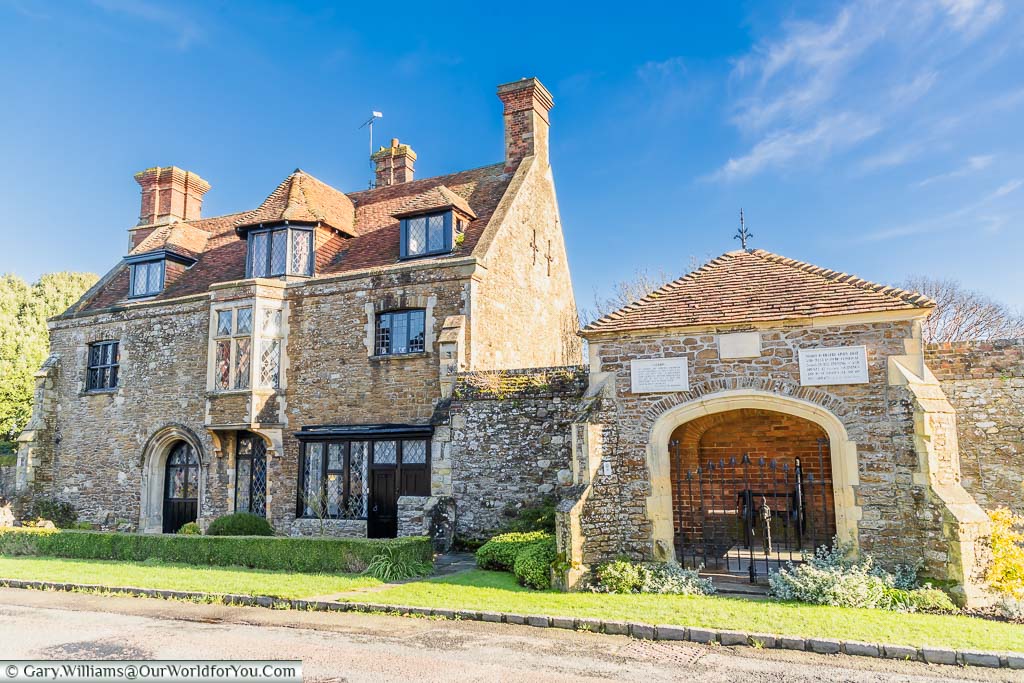
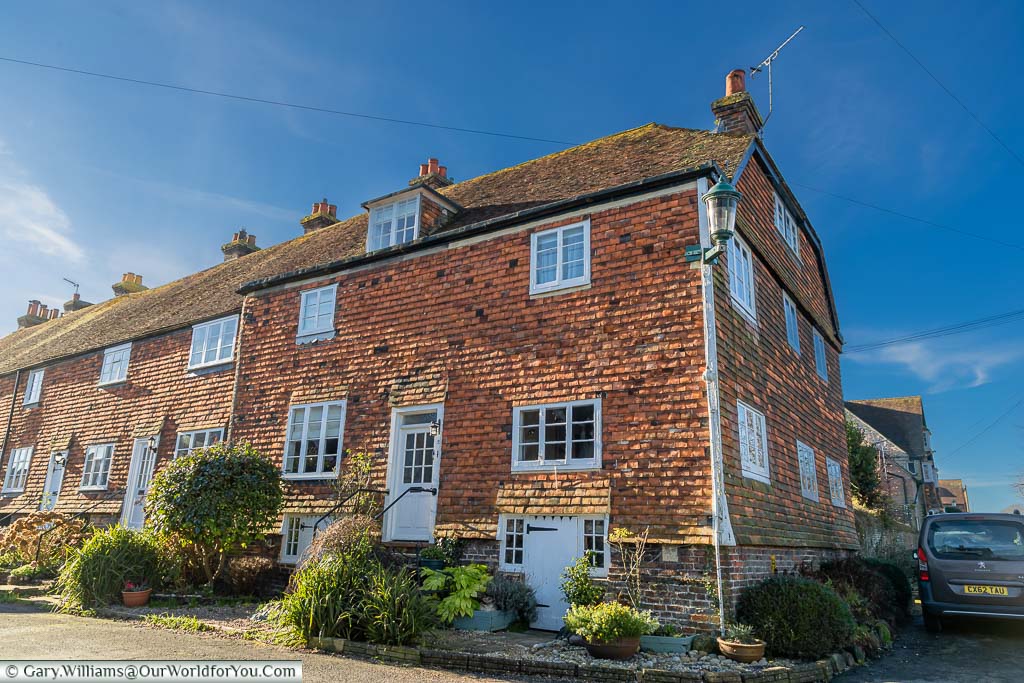
Hiking the East Sussex Countryside
Winchelsea is located in East Sussex, nearby the historic towns of Rye, Battle and the seaside town of Hastings. This region is ideal for hikes as it is close to the High Weald (AONB) and Romney Marshes in Kent. To explore the trails in this region of East Sussex and nearby Kent, the Ordnance Survey maps that will help you along the route are no. 124, ‘Hastings & Bexhill’ & 125, ‘Romney Marsh, Rye & Winchelsea’.
Alternatively, why not purchase and download the OS Maps App, which covers all of Great Britain.
St Thomas’s Church, Winchelsea
Spike Milligan’s graveThe delightful church of St Thomas stands pride of place in the centre of Winchelsea and was named after the martyr Thomas Becket, the Archbishop of Canterbury.
St. Thomas Church was built at the same time as the town, and today only the chancel and chapel remain. However, the ruins around the church make it feel quite atmospheric.
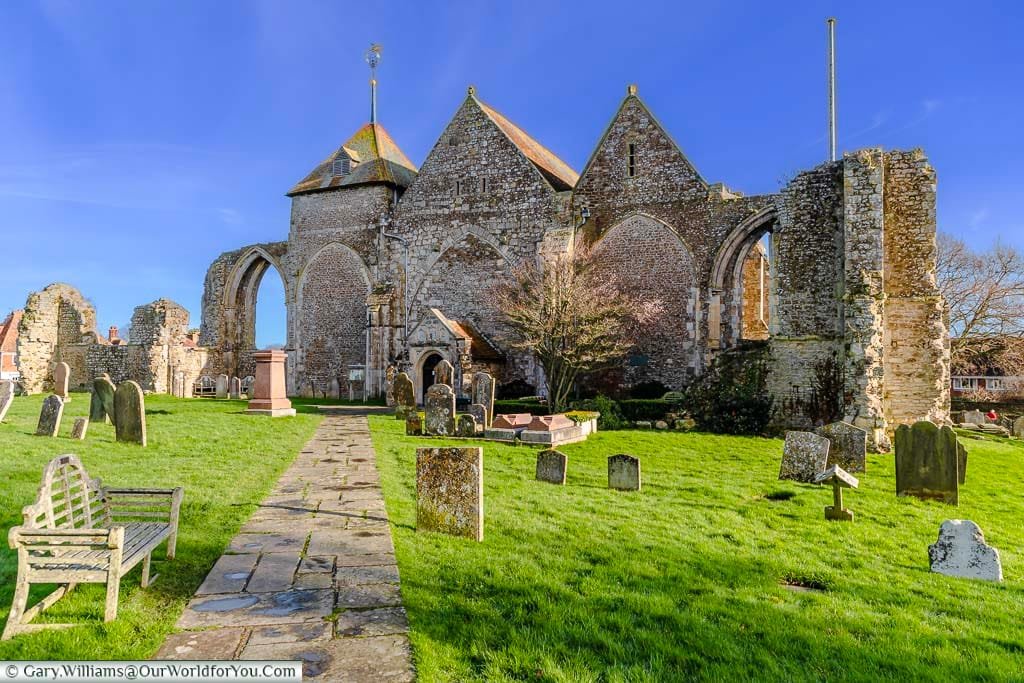
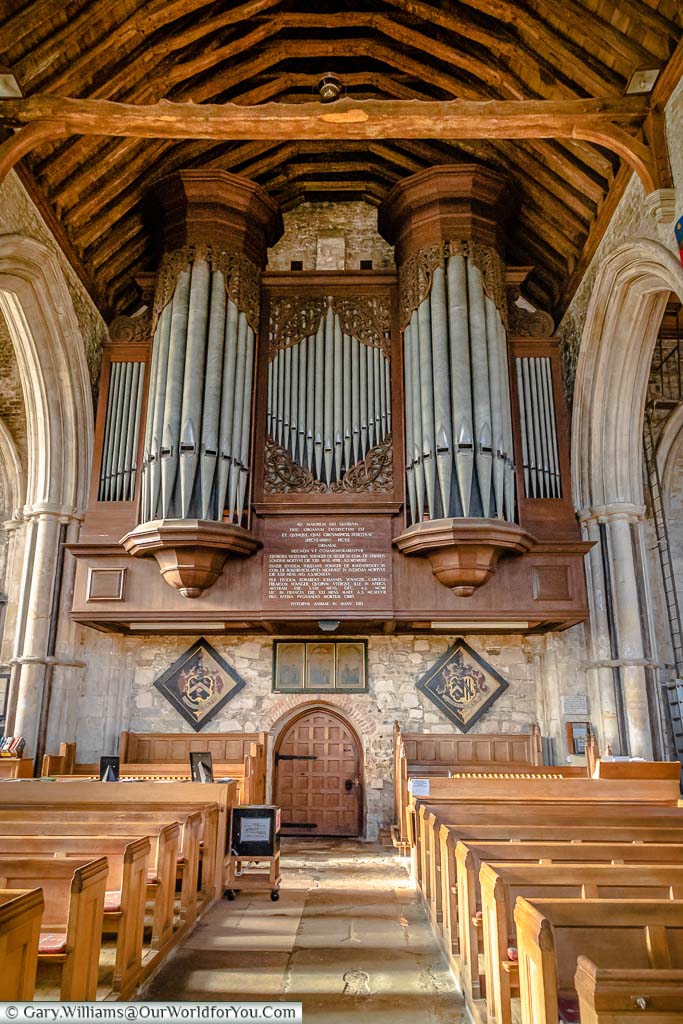
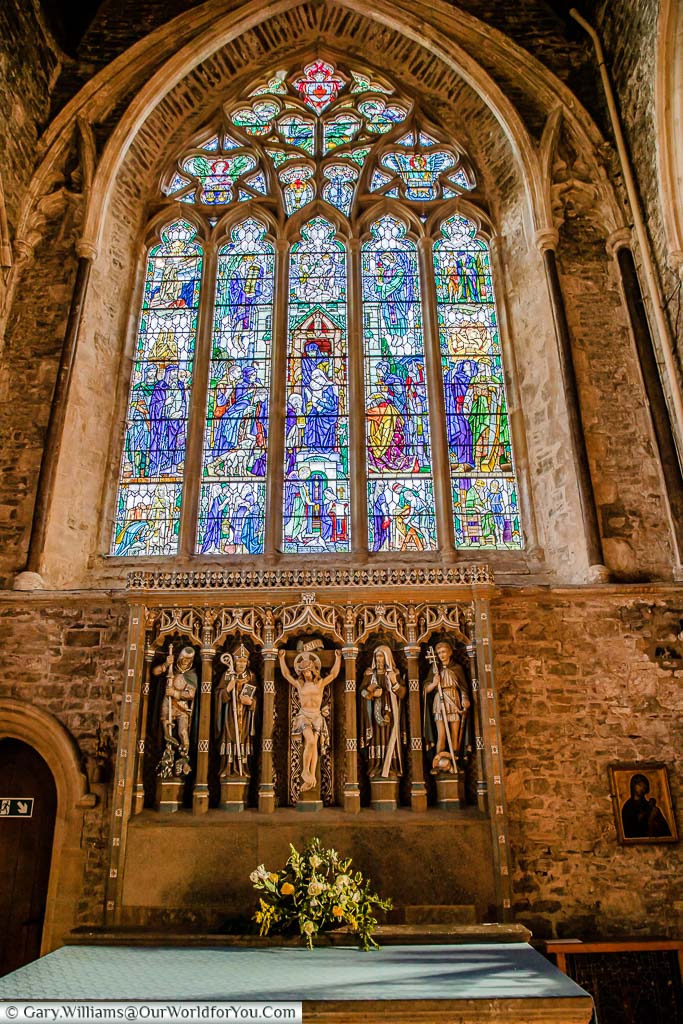
As you step out of the wooden church doors, weave your way along the path directly ahead of you and then carefully amongst the historic gravestones to the last resting place of Spike Milligan.
Spike Milligan was a hilarious British-Irish actor famed for his comedy and writing. Spike was renowned for his Goon Show sketches on radio and TV, amongst many other things.
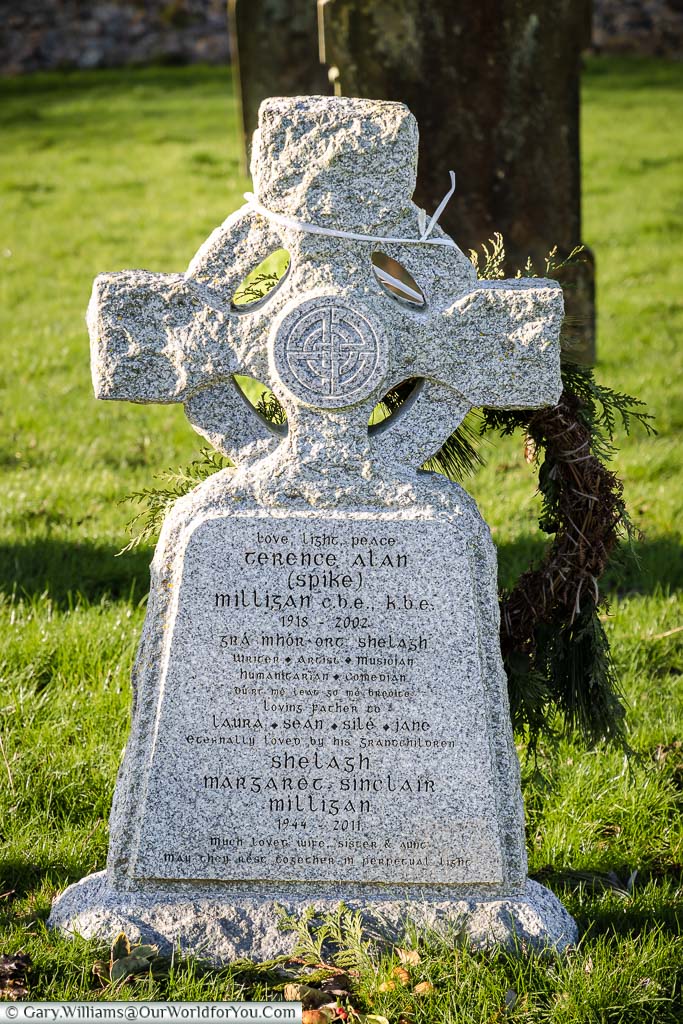
Escape for a few days
Why not discover the delights of East Sussex; its castles, its coastline and its countryside and then relax in your own little hideaway.
Browse through the handpicked properties and unique retreats at Holiday Cottages.
More to discover in Winchelsea
Blackfriars Barn, John Wesley and Dame Ellen Terry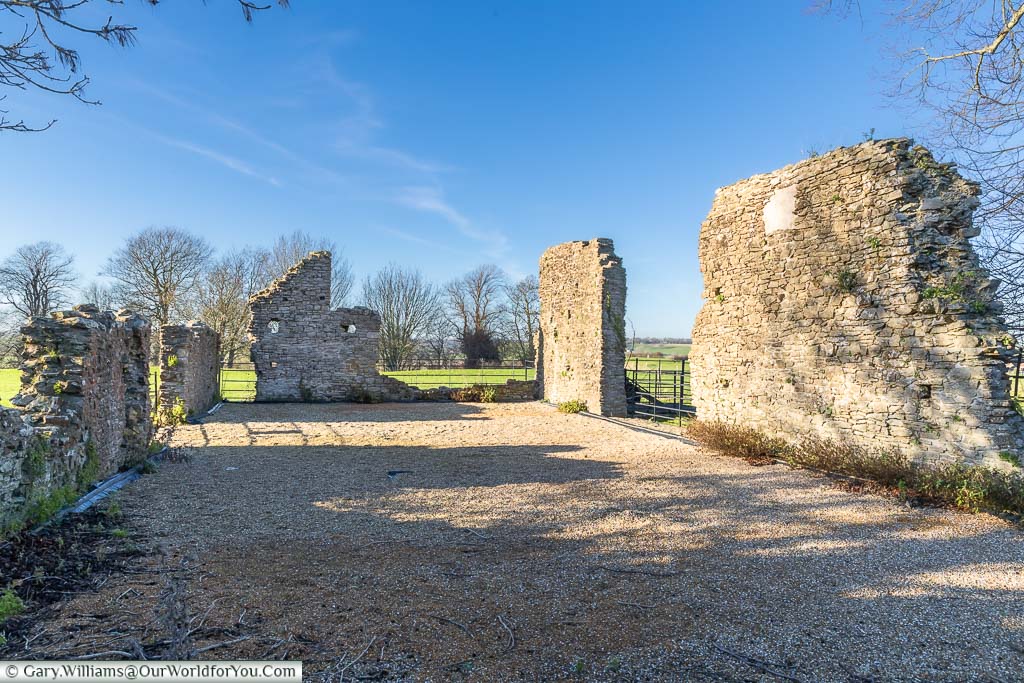
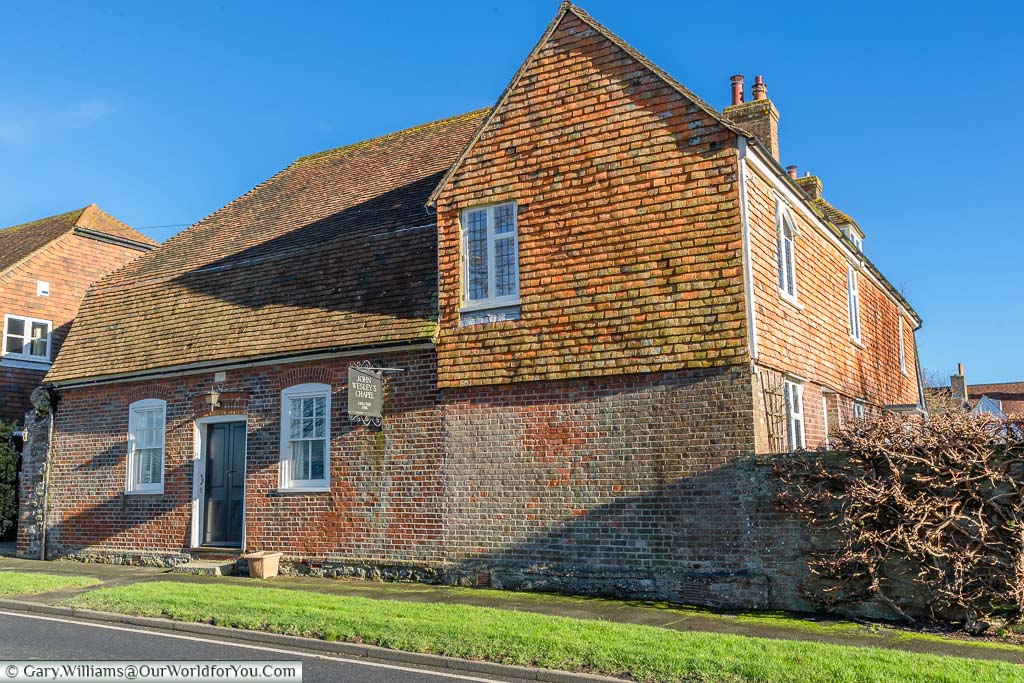
Heading back towards Strand Gate and sitting high on the corner overlooking the stunning landscape of East Sussex is Tower Cottage.
Tower Cottage was built in the early 17th-century and where the Duke of Wellington stayed when he assessed his troops during the Napoleonic Wars.
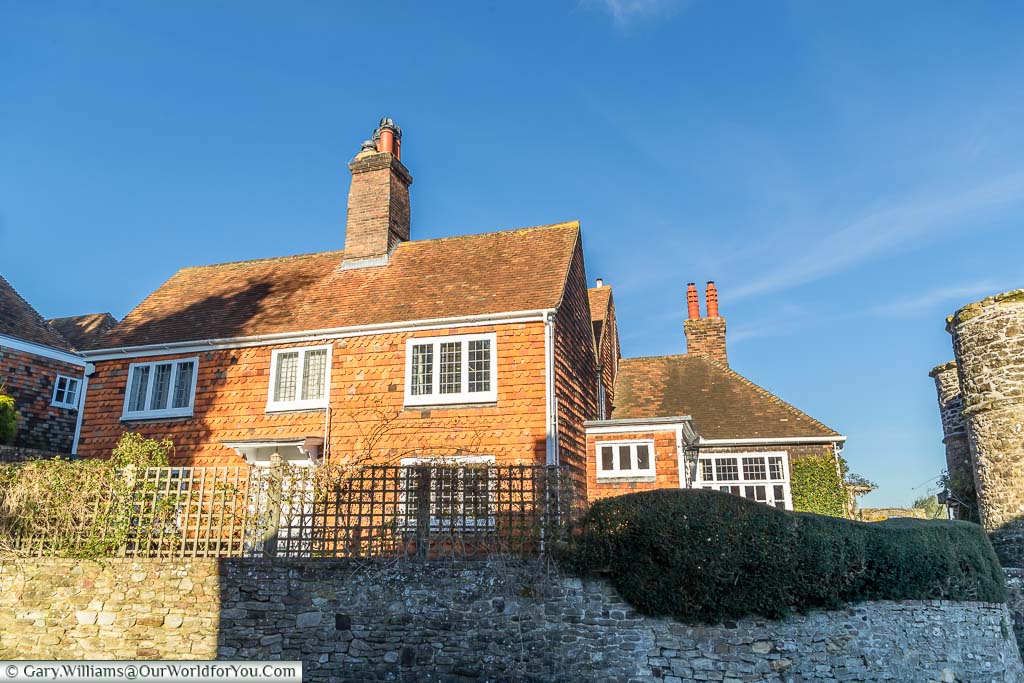
We have created a little YouTube video of Winchelsea - why not check it out?
Also, why not subscribe to our YouTube channel and get the latest clips as we post them?
Other posts from East Sussex
* This post may contain links to affiliated sites where we earn a small commission at no additional charge to you.
